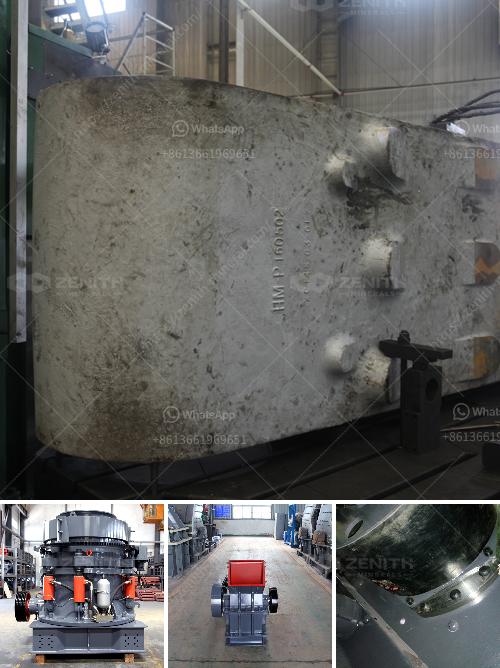Creating railway ballast stones involves several key steps, primarily focused on quarrying, crushing, and sorting the appropriate type of stone.
-
Selection of Material:
- Material Choice: Typically, hard, durable rocks like granite, trap rock, quartzite, and basalt are preferred. Limestone is also used but is less durable.
- Geological Survey: Select a quarry site with ample deposits of suitable rock.
-
Quarrying:
- Drilling and Blasting: Use controlled blasts to break the rock into manageable pieces.
- Excavation: Heavy machinery such as excavators and loaders collect the broken rock.
-
Crushing the Rock:
- Primary Crusher: Large rocks are fed into a primary crusher, which reduces them to smaller pieces.
- Secondary Crushing: The material is passed through secondary crushers to achieve the desired size.
-
Screening:
- The crushed rock is screened into different sizes. Railway ballast usually ranges between 25mm to 50mm (1 inch to 2 inches) in diameter.
- A vibrating screen separates the stone into required sizes.
-
Washing (if necessary):
- Depending on the level of impurities, the stone may be washed to remove dust and other fine particles.
-
Quality Control:
- Inspection: Regular checks are done for size, shape, and durability.
- Testing: Some firms conduct tests for load-bearing capacity and resistance to wear and weathering.
-
Storage and Transport:
- The finished ballast is transported to storage areas or directly loaded onto railcars for delivery to the railway construction site.
The stringent requirements of railway ballast ensure structural integrity and long-term performance of the railway tracks.

